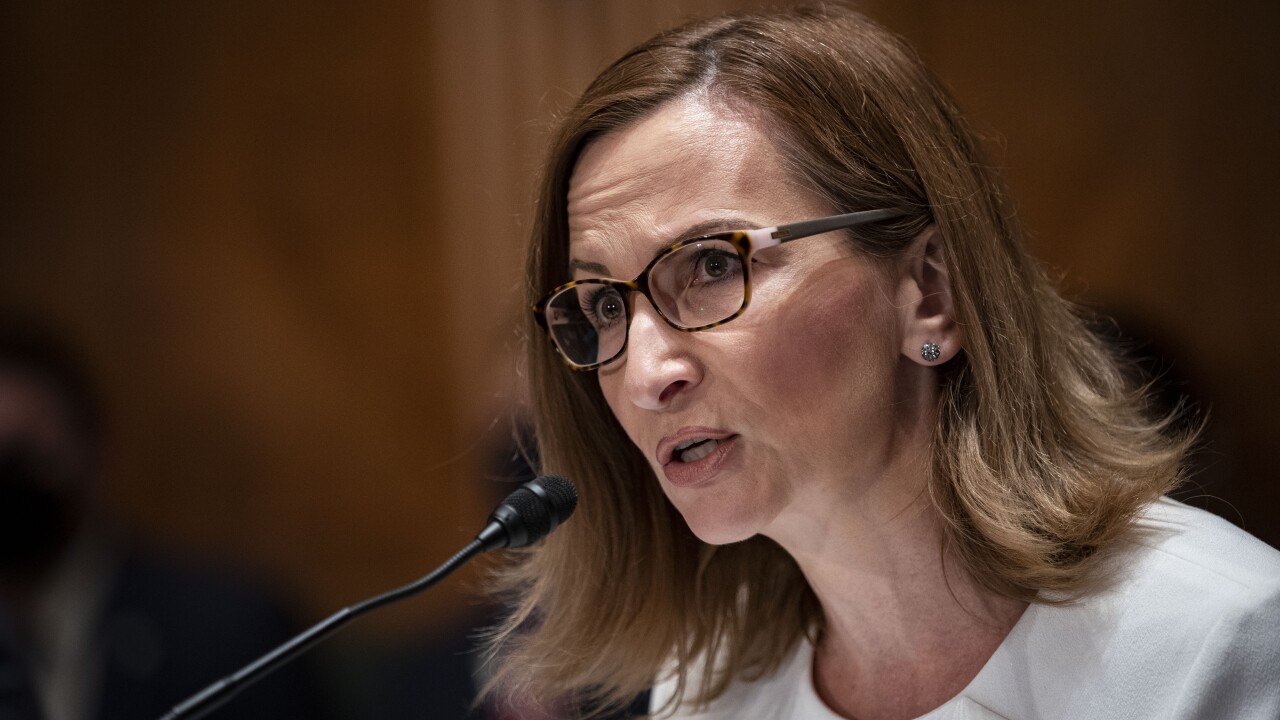Unfortunately, most commercial banks are seriously disappointing their customers when it comes to helping them meet their payments and cash management needs. Up to 80% of corporations plan to assess their cash management relationship, due to low satisfaction with service integration and customer experience.
So why are corporates so displeased with the services (or lack thereof) they receive? Because business payments are inherently complex. And as companies grow larger, their business complexity explodes, resulting in the need to manage a cumbersome payment structure that spans a growing number of banks, vendors, payment types, currencies and geographies. The maze of difficulties faced by the average organization can be dizzying.
According to Strategic Treasurer’s 2017 Cash Forecasting and Visibility study, close to half of corporations use more than 5 financial institutions on a global basis. Even domestically, 68% of corporations use 3 or more banks. More than half of these corporations are managing 100+ bank accounts.

Business payments involve many moving pieces, including paper invoices and checks, remittance data, and multiple bank relationships. Checks continue to plague corporations with their own particular challenges, specifically, the inability to determine when funds will actually leave their bank account.
Business payments across borders can create even more friction, involving foreign exchange risk and reconcilement headaches, multiple banks in a single transaction, and the documentary and paper hassles that accompany letters of credit. As the global economy continues to become more global, the number of international payments continues to increase.
Until recently, most financial institutions have been content to offer an “inside-out” set of products and services. For every bank system, such as ACH, wires, check services, trade finance or reconciliation, there are different products, different customer interfaces, and separate file uploads and downloads.
This fragmentation manifests itself in daily headaches for the corporate customer, keying in payments in multiple bank portals, uploading and downloading files and then piecing them together on Excel spreadsheets and rushing to analyze what the data actually tells them. It’s an ugly reality for corporate finance teams who just want (and need) an integrated view of their cash position so that they can make day-to-day financial decisions about making payments, funding subsidiaries, investing, and borrowing.
To battle these challenges, as well as to streamline costs and address rising payment fraud threats, more and more organizations are relying on centralized operations or shared services centers to standardize processes and approval workflows, positioning banks as an awkward and unhelpful third wheel.
So what can financial institutions do to earn back their position of supremacy?
They have to provide an integrated customer experience, it’s as simple as that. No matter how many great products and services they offer, banks will continue to fade into irrelevancy for corporate treasurers, cash managers, and A/P departments until they can truly integrate the customer experience.
The good news is, this is a completely addressable problem.
Banks can easily regain the dominance they once enjoyed if they take into account both digital applications and automated host-to-host activity, enabling corporate customers to initiate payments to any beneficiary, in any payment type, and get a view of banking and payments activity through a single unified application.
So what’s holding them back?
According to a recent report from Aite Group, the three main challenges cited as the biggest obstacles to a seamless customer experience were integrating, funding/finding budget, and aligning priorities across the various groups within the organization.
Many banks simply don’t have the funds to both comply with regulatory requirements and solve the customer experience concerns on their own.
Many banks have been trying to deliver an integrated customer experience through a combination of portal technologies, proprietary solutions, off-the-shelf single-purpose vendor solutions, and “DIY” integration.
This model, however, does not work and will render these banks increasingly uncompetitive.
They need to leverage more flexible and open technologies that enable a unified user experience and single point of entry for banking and payments. They need to work with platform solutions that provide a range of interoperable capabilities, to reduce integration resources. And they need to work with partners who have proven expertise in commercial banking and payments.
Until banks solve for that they are settling for second place.





